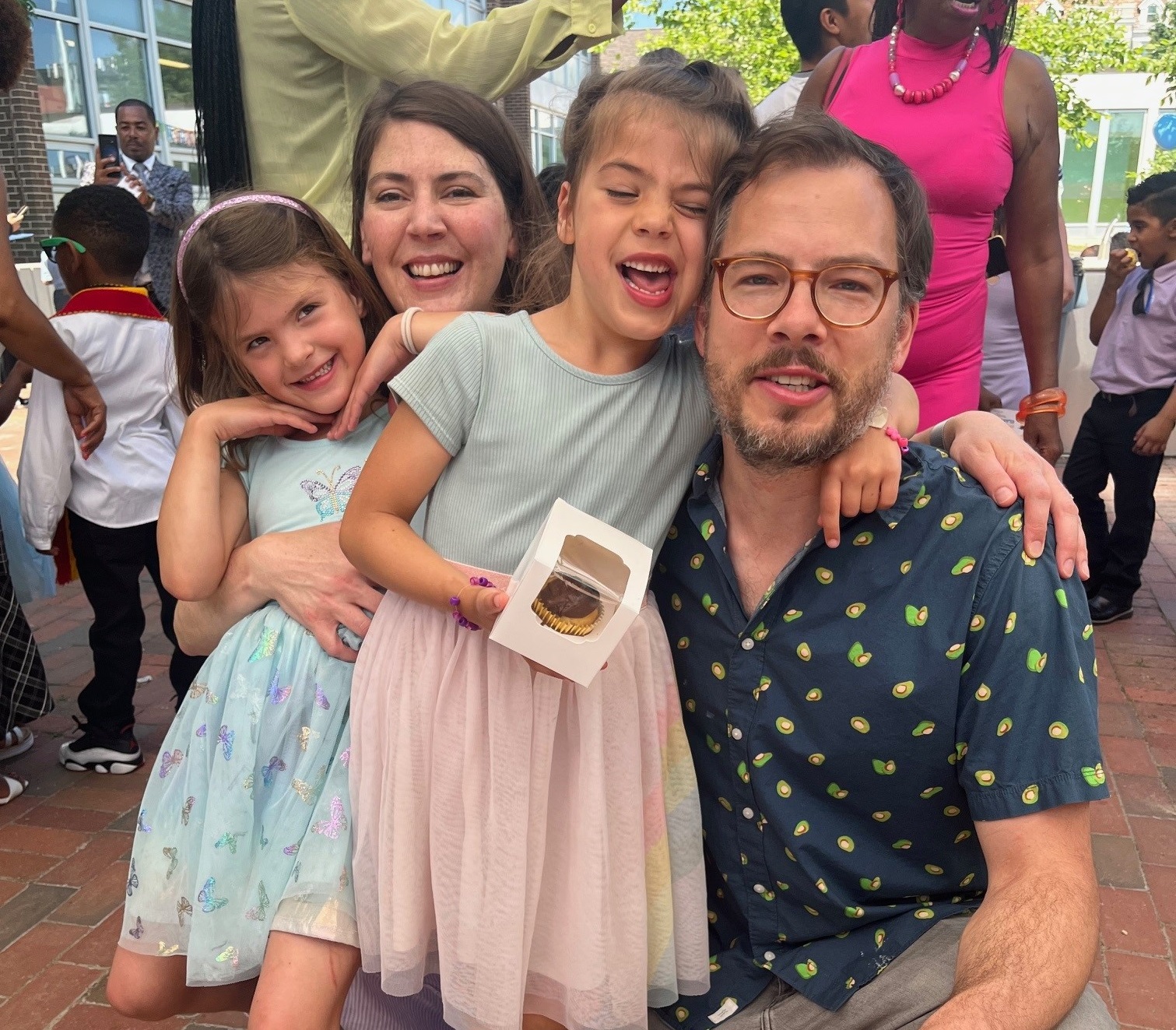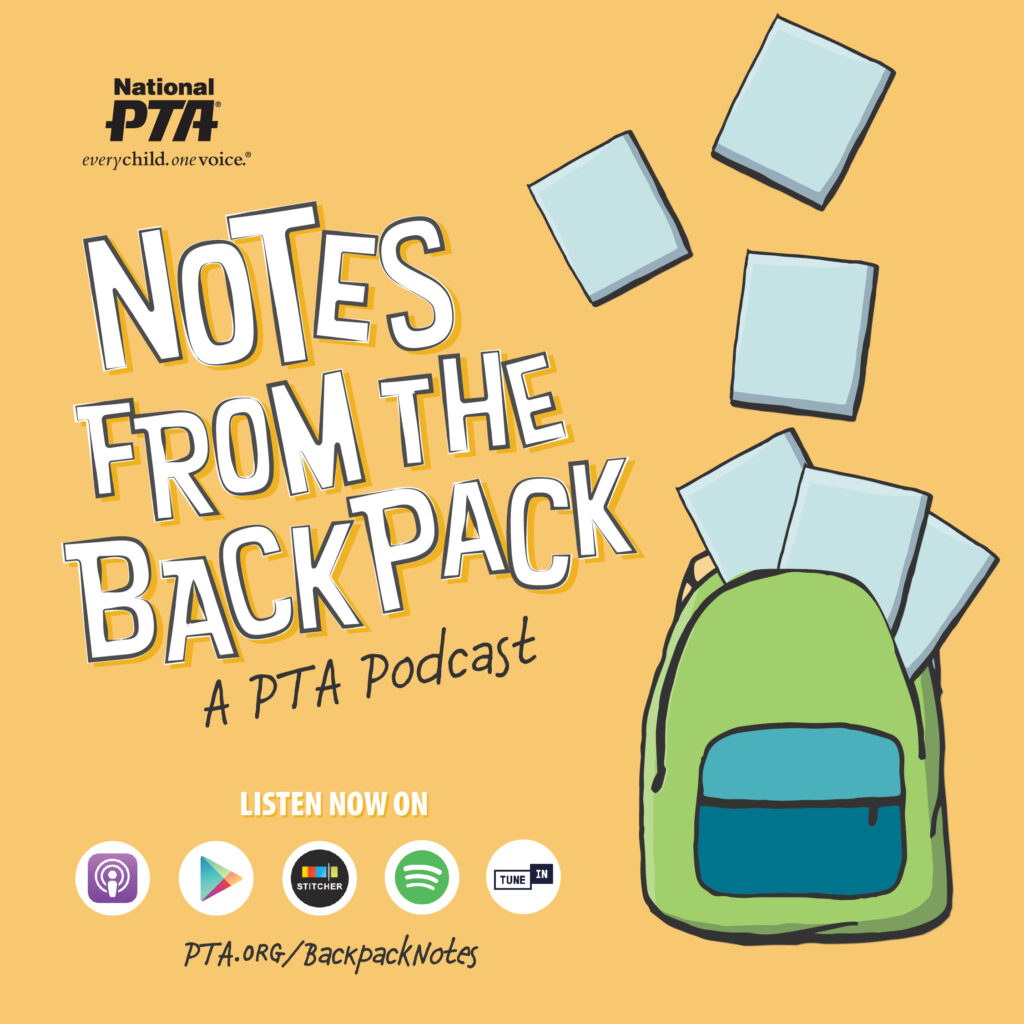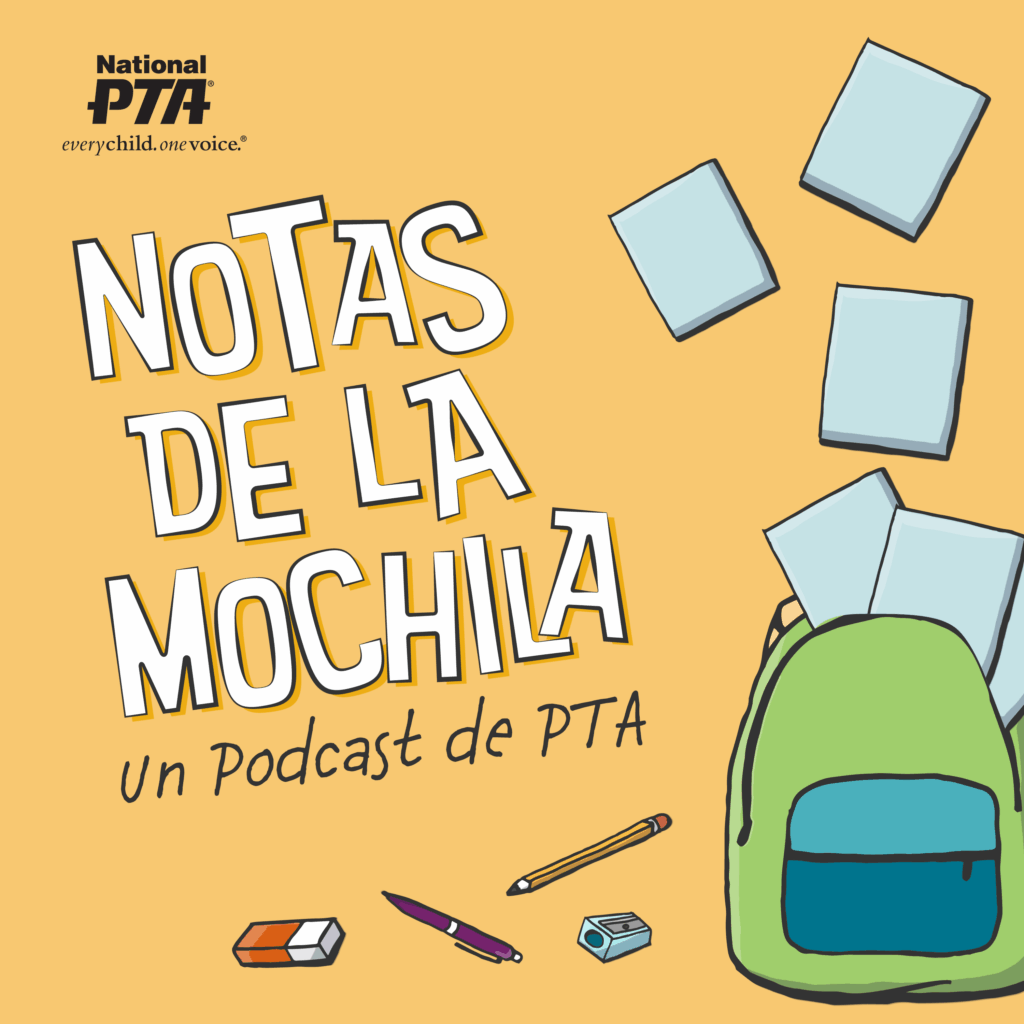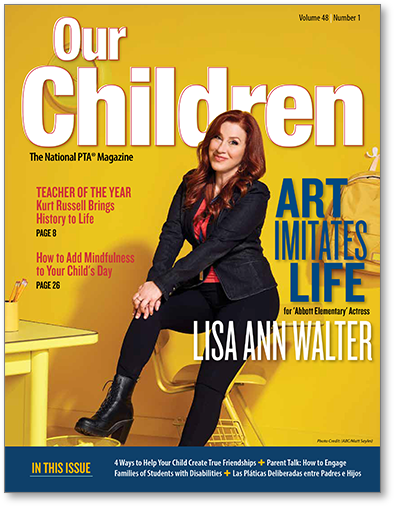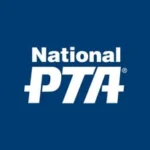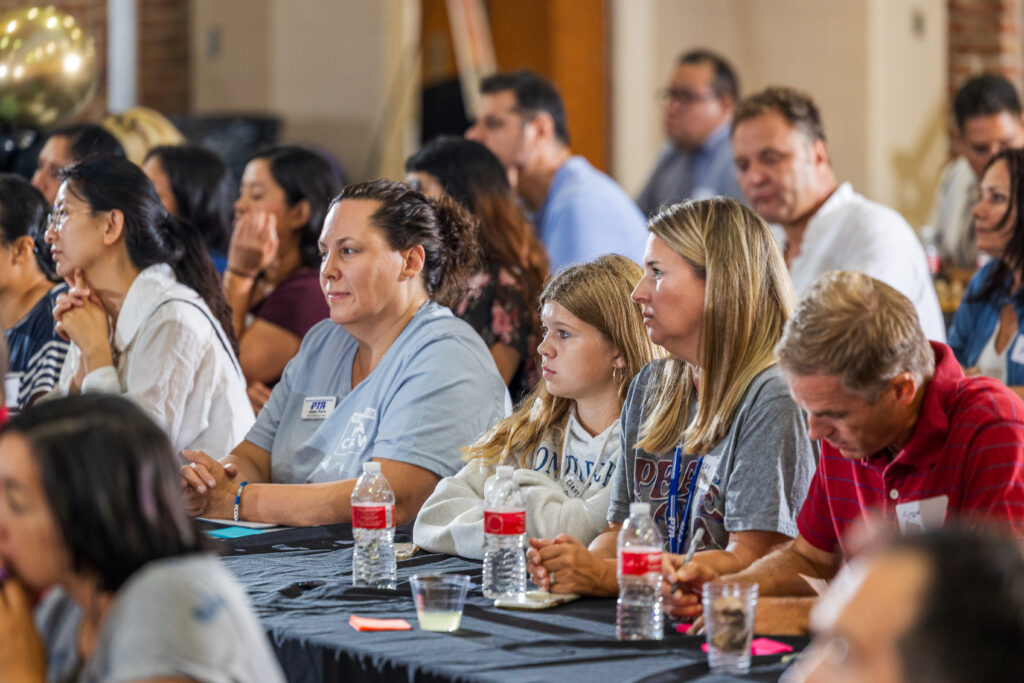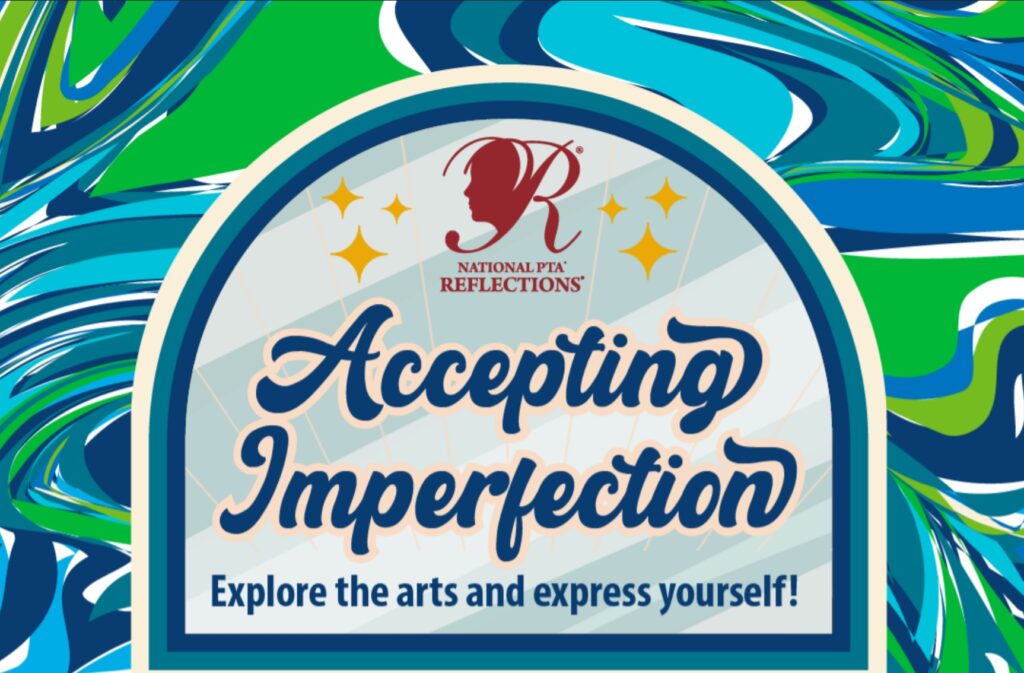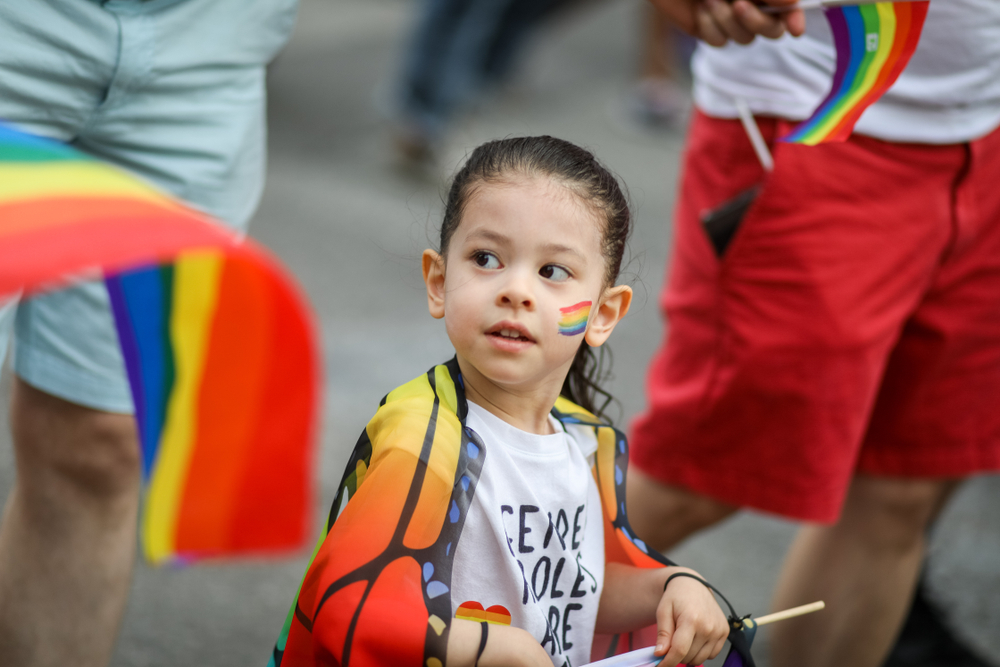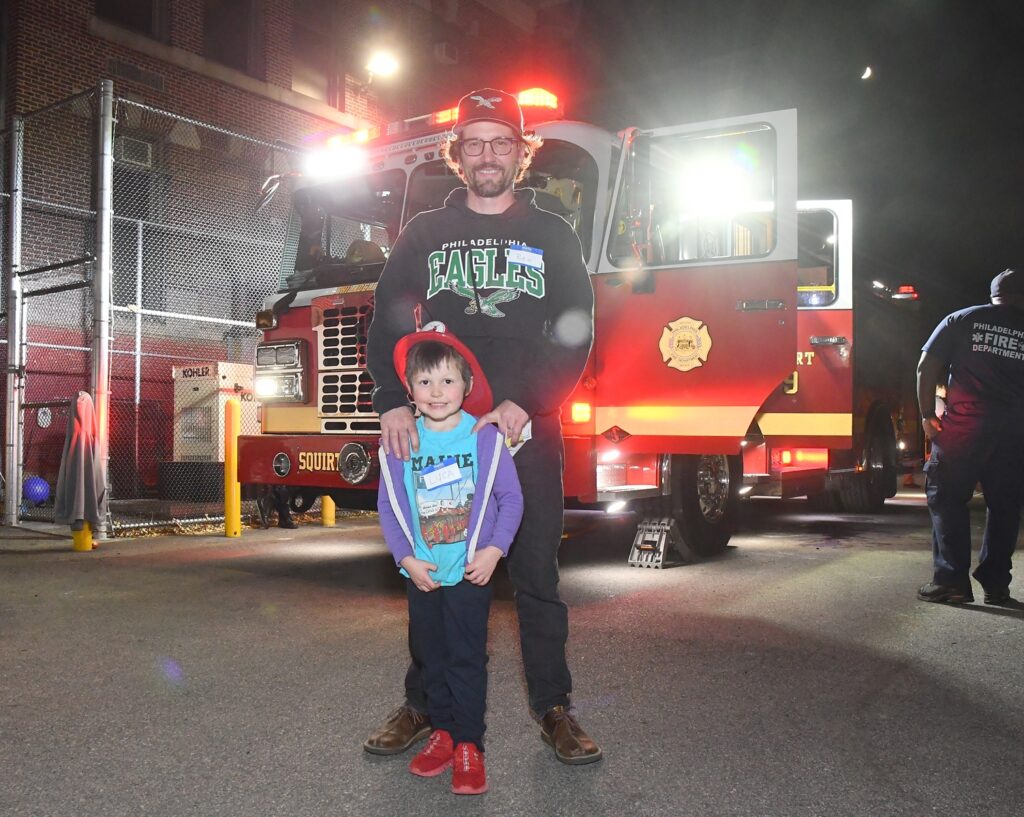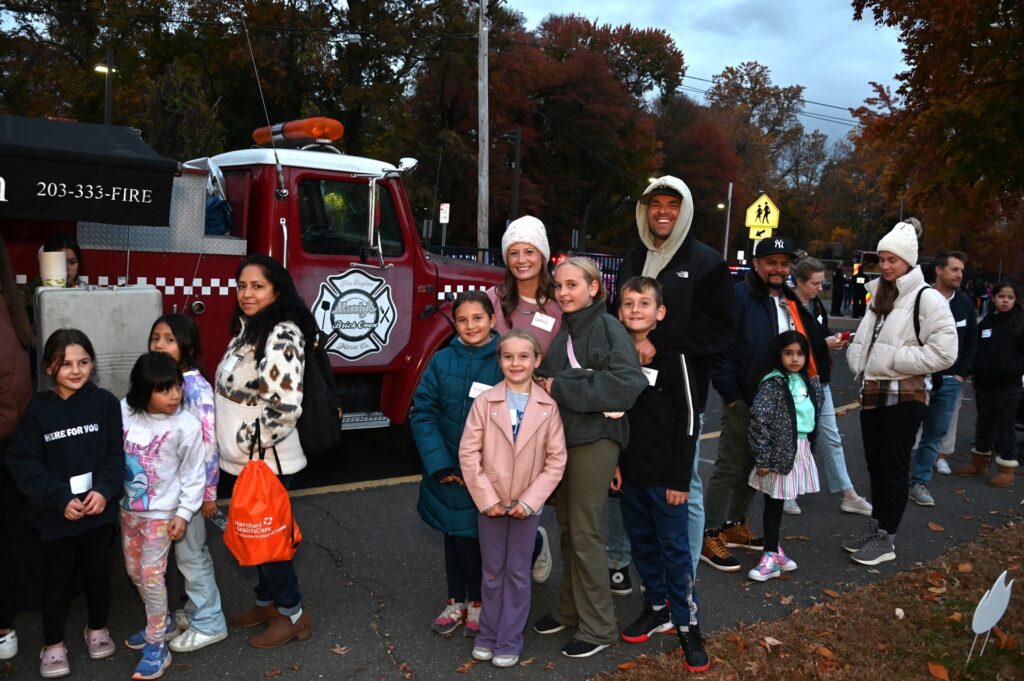I was sitting in the principal’s office of my children’s school recently—no, nobody was in trouble; Ms. Delabar has an open-door policy and families pop in and all time—when I noticed a report called “The Opportunity Myth” framed right behind her desk.
It was an eye-opening report published five years ago by the nonprofit TNTP showing that students of color, those from low-income families, English learners and students with disabilities were routinely denied grade-level assignments, engaging instruction and teachers who held them to high expectations.
I considered what it meant for Ms. Delabar to keep the report in her sights—and that of her visitors—throughout the day. And then I thought about the Washington, D.C. public school my kids attend, and it made perfect sense.
Tubman Elementary is a high-needs school in which a majority of students come from low-income families, about half are English learners, and more than 90 percent belong to historically marginalized racial and ethnic groups that experience persistent academic achievement gaps nationwide. It’s the kind of school community spotlighted in the TNTP report, but the student experiences are, thankfully, different.
The school has high expectations for every child and provides students with rigorous instruction rooted in challenging assignments—and where students feel safe, supported and valued. So even though students there, like in many school communities, are still working to bounce back from COVID-related declines, students get instruction at their appropriate grade level while receiving extra support in the classroom and outside of core class time to fill in knowledge and skill gaps. Upcoming assessment data will shed light on this this is working; though Ms. Delabar and her team are always looking for ways to improve further and close gaps with schools in wealthier neighborhoods.
Tubman’s teachers typically provide a mix of whole-class and small-group instruction to ensure kids get personalized instruction and make home visits to build strong connections with students and their families. Relationships are at the core of this work. For example, when one of my daughters was having trouble regulating her emotions last year, her beloved pre-k teacher knew just how to approach the situation, helped her develop calming strategies, and redirected her back to classroom activities quickly and effectively—and she shared this knowledge with her kindergarten teacher to ensure a smooth transition. As a parent, I didn’t have to advocate for this. The school’s approach is to help ensure every child has the tools they need to be successful.
Being flexible and willing to try new approaches tied to evidence is crucial for any school leader, but easier said than done. When looking at data last school year, administrators at Tubman noticed achievement gaps within classrooms were larger than they had been before the disruptions of the pandemic, meaning teachers had to try to personalize instruction for an even broader range of student knowledge than before. Ms. Delabar and her team knew this would make it more challenging to help accelerate learning post-COVID, so they decided to put two teachers in every classroom in 1st through 4th grade—one who primarily leads math instruction, and another focused on reading. All are supported with strong professional development that’s highly related to the content and grades they teach, and they work together to ensure every child in the class gets the instruction and support they need to achieve at grade-level.
The emphasis on strong opportunities to learn led to a milestone in our family this year, when my second grader went from a cautious to voracious independent reader. I visited his class during the year, and each time observed practices we’re starting to see across the country: a focus on evidence-based instruction that follows the research around how kids learn to read, with a strong emphasis on phonics and decoding, vocabulary acquisition and building background knowledge to support reading comprehension. During whole-group instruction, all kids, not just high-performing readers, access the same complex books, which they then spend time discussing as a class and writing about in assignments. You sometimes see kids getting extra help in the form of audio books, read-aloud support and with partnered reading, but no one is left out of that rich, high-level instruction.
Research also shows that, in addition to getting watered-down, low-level assignments, students in high-poverty schools are more likely to experience a narrow curriculum, or too little time learning subjects outside of math and reading—like science and social studies. To be fully educated citizens, kids need to learn how their government and civic institutions work and be prepared to tackle future public health and environmental challenges. Besides, developing student knowledge in those areas can boost math and reading skills. My son studied mountains and volcanoes this year, which led to online research to see the lava flowing at Kilauea in Hawaii, trips to the library to read about different mountain ranges in the eastern U.S., dinnertime discussions about tectonic plates and planning for future hikes to see different types of mountains.
Of course, the school my children attend isn’t alone in offering rigor, high expectations and a well-rounded education to all students. I believe more schools are moving in this direction. But inequitable practices can sometimes become entrenched and difficult to uproot without collective will and a clear understanding of how to do so, particularly when so many students and teachers are still experiencing traumas from the pandemic.
The most recent Nation’s Report Card showed students from underserved groups were most negatively impacted by pandemic learning gaps. DC Public Schools saw steep declines in math during the pandemic, wiping away much of the historic gains the district had seen from 2015 to 2019. And now, as schools work to get student achievement back to and above pre-pandemic levels, academic growth is happening in uneven ways. What’s particularly worrisome is that low-income and minority communities are recovering more slowly than other areas serving wealthy, white students in many parts of the country, according to research out of Stanford and Harvard universities. In DC, research from EmpowerK12 highlights some citywide progress in math and reading, but the city is off-track to attaining pre-pandemic learning levels for any student group.
The next Nation’s Report Card, due out in early 2025, will offer our clearest picture yet of post-pandemic student recovery across the country. I hope it shows all our children making the urgent progress that’s needed. Where there are declines, or where gains are stagnant or happening far too slowly, it will be important to take an honest look at students’ opportunities to learn. In doing so, and by acting on what we see, we’ll be much more likely to advance student achievement and help all kids get the education they need to succeed in school and thrive in life.
Lesley Muldoon is executive director of the National Assessment Governing Board, an independent, nonpartisan panel created by Congress to set policy for the Nation’s Report Card. She previously helped launch and lead the Partnership for Assessment of Readiness for College and Careers (PARCC), a multi-state consortium that developed next generation K-12 assessments aligned to college-and career-ready academic standards. She is the proud parent of three school-aged children in Washington, D.C.

